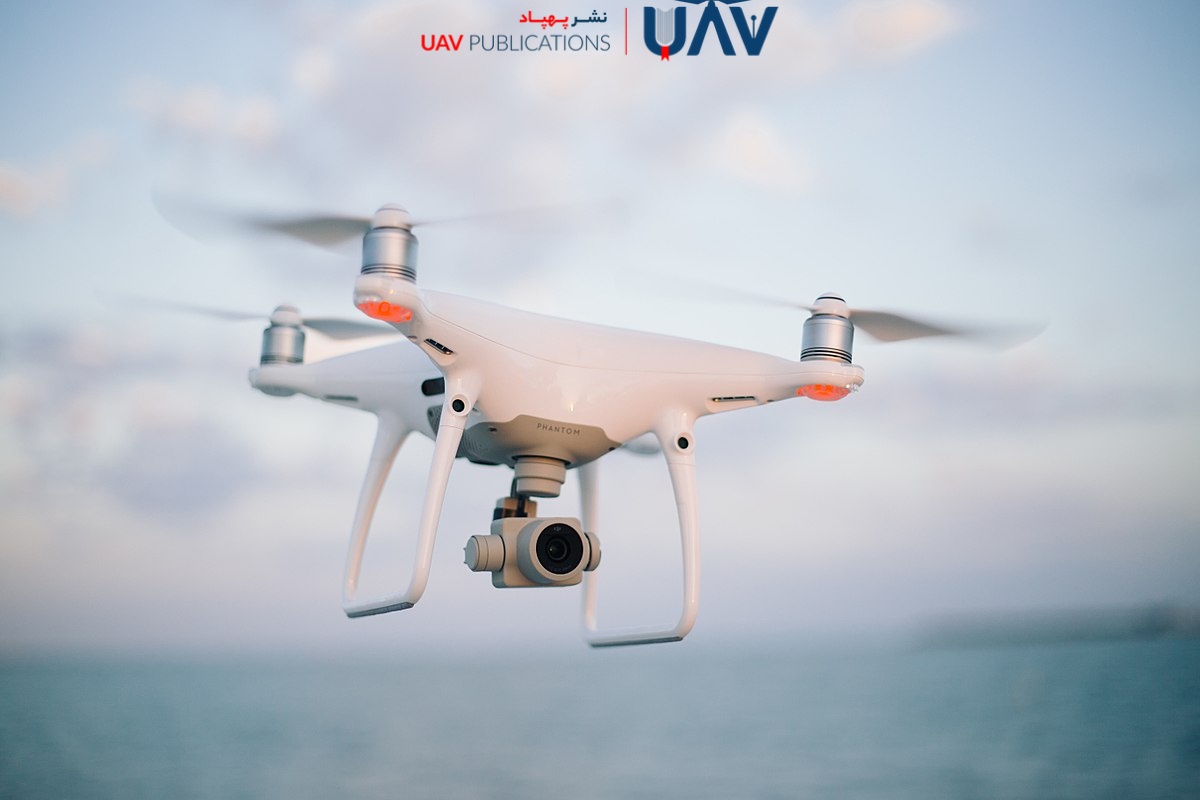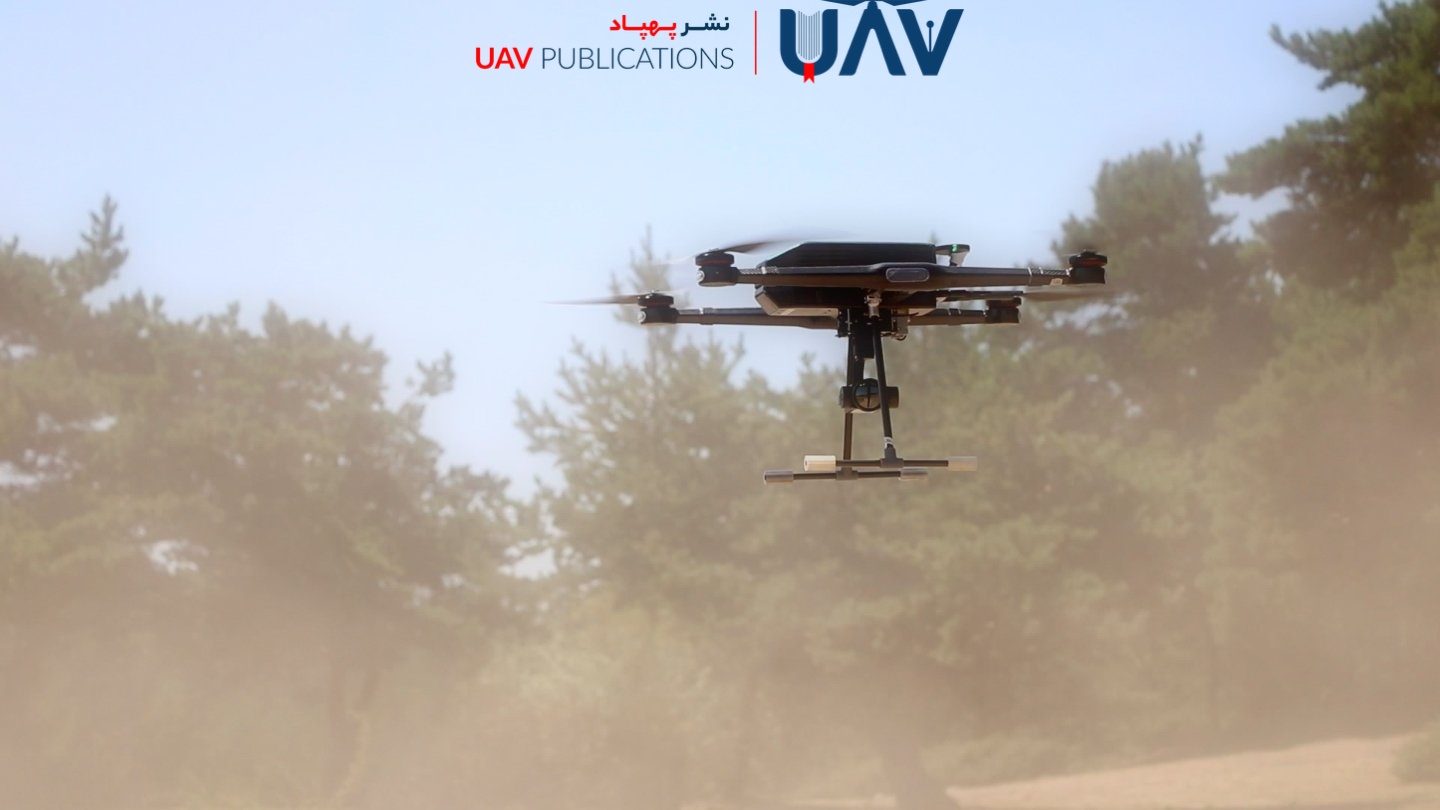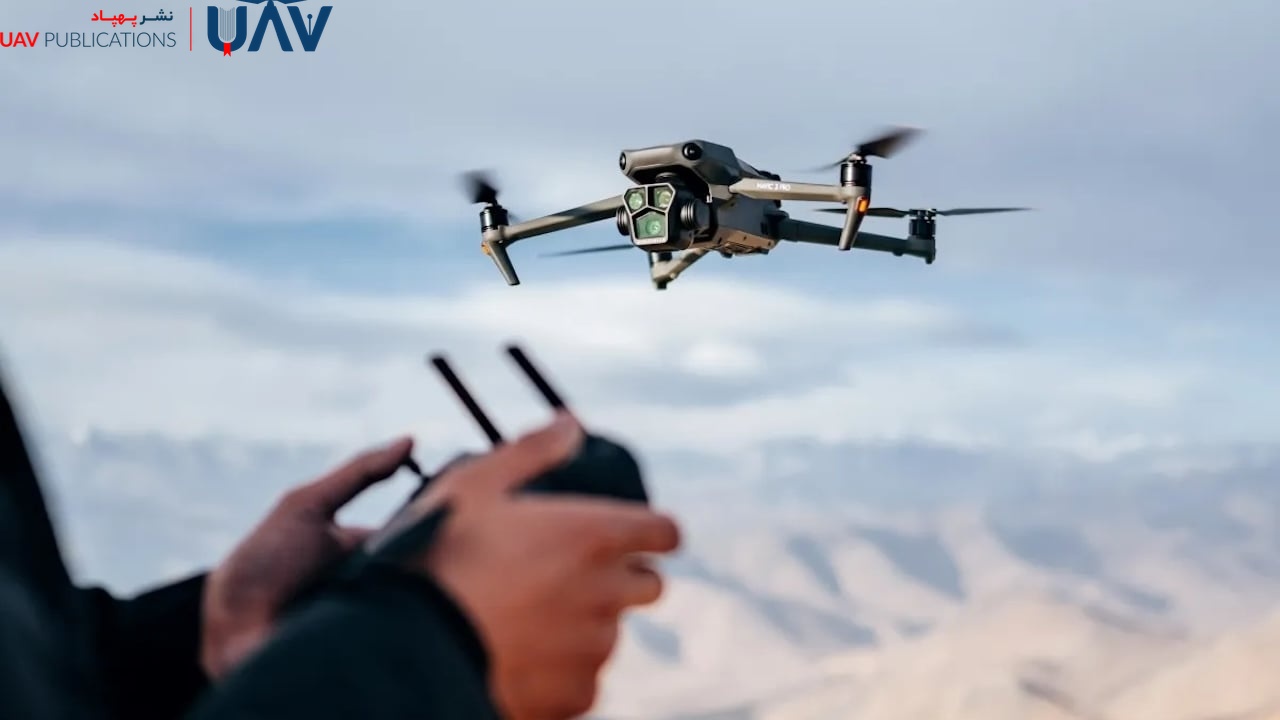In recent decades, large metropolitan areas have faced increasingly complex challenges in the realms of resource management, public safety, transportation, environmental sustainability, and service infrastructure. Population growth, uneven urban development, severe traffic congestion, pollution, and the rising risk of human-made and natural disasters have made the adoption of advanced technologies not merely optional but essential. Among these emerging solutions, drones—also known as Unmanned Aerial Vehicles (UAVs)—have emerged as a transformative tool in urban management.
Initially developed for military operations and aerial photography, drones have rapidly expanded in functionality with advancements in artificial intelligence and cost reductions. Today, their uses encompass logistics, public health, security, environmental monitoring, communications, and emergency response. With the ability to provide critical data and deliver essential services rapidly, with minimal infrastructure and human intervention, drones are redefining the possibilities of urban governance. This paper presents a comprehensive and practical overview of the most impactful, real-world applications of UAVs in large cities, from package delivery and pollution monitoring to crisis management and disaster relief, grounded in global experiences and the evolving prospects of near-future development.
Drone-Based Delivery of Packages and Online Purchases
In major cities, the surge in e-commerce and parcel delivery has intensified issues such as traffic congestion, delivery delays, and air pollution. One of the most innovative solutions proposed in recent years is drone-based package delivery. Companies such as Amazon, UPS, and DHL have launched pilot projects to test the feasibility of UAV deliveries in urban and semi-urban settings.

Drones are capable of transporting small parcels (typically 2-5 kilograms) more quickly than traditional methods. Their key advantages lie in speed, reduced labor dependency, and the ability to bypass conventional routes—flying over buildings or maneuvering through dense traffic zones. Cities like Dubai, Beijing, and Los Angeles have piloted drone delivery systems for items such as medications, food, and electronics. As this technology matures, we may soon see aerial couriers become a routine feature of urban life. However, to fully realize this vision, robust legal frameworks, safety standards, and appropriate urban infrastructure must be established.
The Role of Drones in Urban Traffic Management
Traffic remains one of the most pressing issues in metropolitan environments. Effective monitoring, bottleneck analysis, and intelligent routing require timely, accurate, and wide-ranging data. In this context, drones have become the “aerial eyes” of city administrators. By flying over highways, intersections, and arterial roads, drones can provide real-time video feeds of traffic conditions, which are then transmitted to control centers and analyzed using intelligent software.

In cities such as Seoul, Singapore, and Dubai, drones have been integrated with machine learning algorithms not only to observe but also to forecast traffic flow. This predictive capability enhances urban traffic systems, increasing overall efficiency. During road accidents or major collisions, drones can assess the scene in real time—often before ground units arrive—providing vital information on the severity of the incident and the number of vehicles involved. Overall, drones significantly contribute to the development of smarter cities and enhanced urban mobility.
Supporting Traffic Regulation and Intelligent Mobility Control
Traffic congestion does more than waste citizens’ time and energy—it exacerbates air pollution, increases accident rates, and disrupts urban order. In such situations, drones can play a vital role in monitoring, managing, and analyzing traffic data.

Equipped with smart cameras, drones can fly over strategic locations, streaming live footage of roadways, intersections, and highways to traffic control centers. Combined with AI-powered analysis, this data enables municipal officials to adjust traffic lights more efficiently and propose alternate routes with greater speed and precision.
Drones can also detect accidents, illegal stops, blocked emergency lanes, and even traffic violations. Unlike fixed cameras with limited coverage, drones offer a dynamic, aerial vantage point, providing real-time, comprehensive visuals. Cities such as Dubai, Shanghai, and London already employ drones for live traffic management. If appropriate legal and technical frameworks are implemented in Iran, drones could significantly mitigate traffic issues and optimize urban mobility.
Air Pollution and Environmental Monitoring via Drones
Air pollution is a critical challenge for large cities, impacting public health, quality of life, and economic productivity. Traditional pollution monitoring systems—like stationary stations or mobile vehicles—while useful, often fail to deliver comprehensive, real-time data. In contrast, UAVs equipped for remote sensing, with the ability to fly at varying altitudes and cover large areas, have emerged as both complementary and, in some cases, superior tools.

Specialized drones fitted with sensitive gas sensors (for NO₂, CO, SO₂, and PM2.5) can survey different parts of the city, generating detailed pollution maps. These data sets are crucial for environmental policymaking, public health alerts, pinpointing pollution sources, and evaluating the effectiveness of interventions. Some UAVs can even measure thermal and noise pollution.
In countries such as China, the U.S., and Germany, drones are already being used to monitor industrial zones, high-traffic routes, and unauthorized or polluting construction activities. In Iran, environmental UAVs could become innovative tools for organizations such as municipal authorities, the Department of Environment, and the Ministry of Health. This forward-thinking approach paves the way for scientific and intelligent pollution control in urban centers.
Urban Emergency Response and Search & Rescue Using Drones
In urban emergencies, rapid response and access to real-time field information are vital to reducing casualties and managing crises effectively. Whether dealing with major fires, earthquakes, highway collisions, building collapses, or explosions, immediate assessment and decision-making are critical. Drones have carved out a crucial role in emergency services by offering speed, safety, and precision.

Equipped with thermal, optical, and motion-detection cameras, emergency drones can be deployed instantly to disaster zones, sending live visuals of the situation, including trapped individuals or safe evacuation routes. These insights empower command centers to direct rescue teams more accurately, increasing the chances of saving lives.
Moreover, in areas with restricted access—such as burning high-rises or collapsed alleyways—drones can deliver medical supplies, communication devices, or emergency kits. In some countries, UAVs are also used to generate 3D maps of affected zones and identify structural hazards. The widespread adoption of drones in urban emergency response not only accelerates rescue operations but also protects human responders and enhances preparedness for future crises.
Drone Delivery of Goods and Medical Supplies in High-Traffic Zones
One of the most exciting developments in urban drone technology is its use in delivering goods, packages, and medical supplies, particularly in congested or hard-to-access areas. Major corporations, including Amazon, DHL, and Zipline, have developed projects that enable drones to autonomously deliver lightweight items such as medications, lab kits, blood samples, or first-aid equipment in record time.

During the COVID-19 pandemic, drones were utilized to transport vaccines, medical supplies, and test samples, thereby reducing delivery times from hours to minutes. This demonstrated the potential of drones as a smart, efficient link in the urban supply chain. In Iran, despite legal and infrastructural hurdles, pilot projects are being considered for the delivery of drugs and small items in select cities. Soon, UAVs could revolutionize urban logistics, provided safety, privacy, and legal issues are addressed appropriately.

